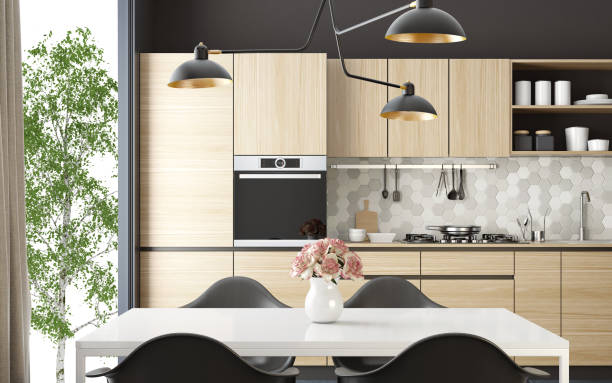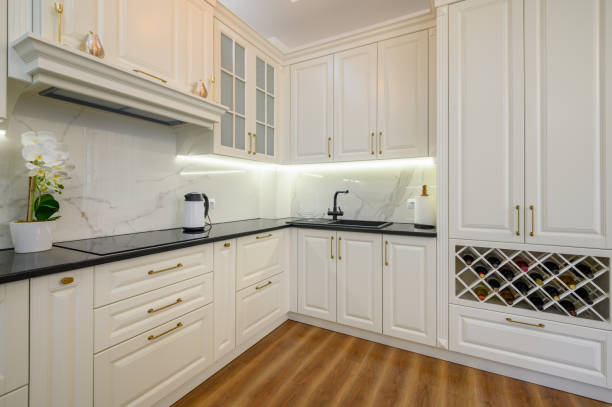The quest for the perfect kitchen hinges on functionality and style, driven by essential kitchen cabinet accessories. Whether you’re a homeowner undertaking a dream remodel, a contractor managing multiple jobs, or a developer outfitting a new complex, procuring cabinet hardware – the pulls, knobs, hinges, slides, and specialized kitchen cabinet storage solutions – presents a classic trilemma. How do you simultaneously manage cost, ensure impeccable quality, and meet critical delivery time targets? Sacrificing one for the others inevitably leads to frustration: cheap hardware fails prematurely, premium options blow the budget, and delays stall the entire project. Achieving balance is not just desirable; it’s essential for project success and customer satisfaction.
Why All Three Matter?
- Cost: Hardware costs directly impact your project’s overall budget. Overruns here can force cuts elsewhere or hurt profitability. Even small savings per unit add up significantly across dozens or hundreds of cabinets.
- Quality: Kitchen cabinet accessories endure constant use. Poor-quality hinges sag, drawer slides stick or fail, and cheap finishes chip or tarnish. This leads to premature replacements, costly callbacks for contractors, and dissatisfied homeowners.
- Delivery Time: Construction and renovation timelines are tightly coordinated. Delays in receiving essential hardware like drawer slides or specialized kitchen cabinet organizer inserts can halt cabinet installation, pushing back countertop templating, appliance hookups, and the entire project completion. Missed deadlines strain client relationships and can incur penalties.
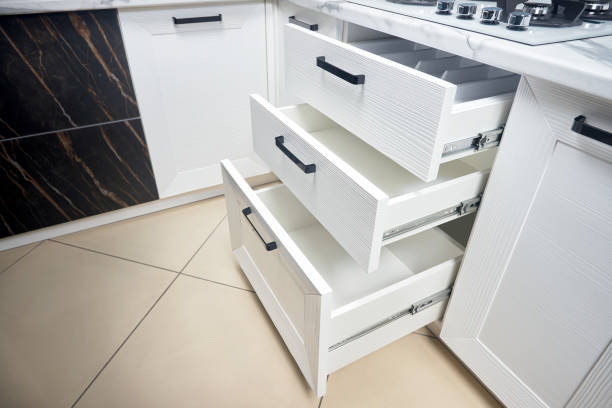
Controlling Costs Without Compromising Value
- Define Needs Clearly: Distinguish between must-haves (e.g., soft-close functionality for drawers, specific weight rating for pull-out shelves) and nice-to-haves (e.g., ultra-premium finishes, highly specialized niche kitchen cabinet storage units). Avoid over-specifying.
- Volume Leverage: Consolidate orders across projects or phases. Suppliers often offer significant discounts for larger quantities of standard kitchen cabinet accessories like hinges or basic pulls.
- Material & Finish Savvy: Explore cost-effective yet durable options. For instance, zinc alloy pulls can offer a great look and feel at a lower price than solid brass. Powder-coated finishes are generally more affordable and durable than some premium plated options.
- Standardization: Minimize the number of unique SKUs. Using the same hinge throughout, or a limited selection of pull styles/sizes, simplifies ordering and increases buying power.
- Supplier Comparison: Obtain detailed quotes from multiple suppliers, ensuring you’re comparing apples-to-apples (same specifications, packaging, Incoterms). Don’t just chase the lowest unit price; factor in shipping costs and potential minimum order quantities (MOQs).
- Consider Total Cost of Ownership (TCO): Factor in longevity and maintenance. A slightly more expensive, high-quality slide or kitchen cabinet organizer system that lasts 20 years is far cheaper than replacing a cheap one twice in 10 years.
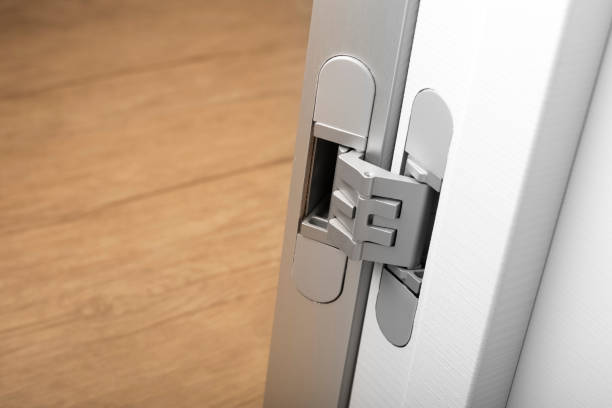
Ensuring Uncompromising Quality for Longevity
- Specifications are Key: Demand detailed technical specifications for every component. For drawer slides: load rating (static and dynamic), extension type (full, over-travel), soft-close mechanism. For hinges: opening angle, adjustability, closing mechanism. For kitchen cabinet storage solutions: material thickness, construction methods (welded vs. riveted), weight capacity.
Material Matters: Understand the pros and cons:
- Hinges/Slides: Cold-rolled steel (strong, common), stainless steel (corrosion-resistant for damp areas), sometimes zinc alloys.
- Pulls/Knobs: Solid brass (premium, durable), zinc alloy (cost-effective, versatile finishes), stainless steel, aluminum, wood.
- Storage/Organizers: Steel (most common for durability and strength in pull-outs, baskets), sometimes coated wire, wood, or acrylic fronts. Look for robust construction.
2. Finishing Durability: Specify finish types and testing standards (e.g., salt spray test hours – 24h, 48h, 72h+ indicate better corrosion resistance). PVD (Physical Vapor Deposition) finishes offer superior durability compared to standard electroplating.
3. Certifications & Testing: Look for reputable manufacturers whose products meet recognized industry standards (e.g., BIFMA for furniture components, ANSI/BHMA for hardware). Request test reports.
4. Samples & Prototypes: Always order physical samples before committing to large orders. Test them rigorously – open/close drawers hundreds of times, check hinge movement, inspect finish quality.
5. Supplier Reputation & Audit: Research potential suppliers. Do they specialize in kitchen cabinet accessories? Can they provide references? If feasible, consider a factory audit to assess quality control processes firsthand.
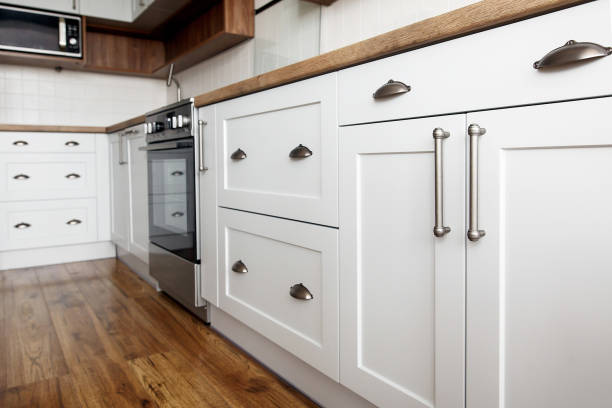
Managing Delivery Time Proactively
- Realistic Planning: Factor hardware lead times into your overall project schedule from the start. Don’t leave ordering until the cabinets are being built.
- Supplier Transparency: Demand clear, written lead time commitments from suppliers. Understand their production capacity, inventory levels of standard kitchen cabinet organizer components, and potential bottlenecks. Ask about their track record for on-time delivery.
- Buffer Time: Build in a realistic buffer (e.g., 10-20%) beyond the quoted lead time to account for unforeseen delays (shipping, customs, production hiccups).
- Communication: Maintain open communication with your supplier. Confirm order details immediately. Check in periodically on production status, especially for custom items. Don’t wait until the due date to ask for updates.
- Shipping & Logistics: Discuss shipping options early. Air freight is fast but expensive; sea freight is economical but slow. Factor this into your timeline and cost calculations. Understand Incoterms (who handles shipping, insurance, customs clearance?).
- Domestic vs. Offshore Sourcing: While offshore manufacturing often offers lower costs, it typically comes with significantly longer and less predictable lead times. Domestic or near-shore sourcing can drastically reduce transit time and increase supply chain visibility, often justifying a moderate cost increase for critical timeline projects.
- Inventory Programs: Ask suppliers if they offer vendor-managed inventory (VMI) or consignment stock programs for high-volume, standard kitchen cabinet accessories, ensuring faster access to core items.
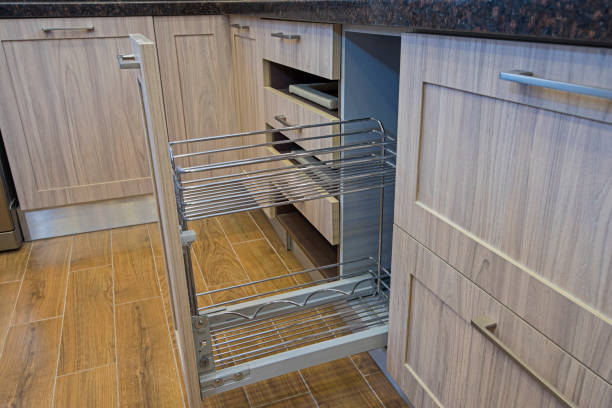
The Art of the Balance: Strategic Procurement Tactics
- Prioritize Relentlessly: Not every piece of hardware carries equal weight. Invest heavily in quality for high-stress, high-use components:
- Critical: Drawer slides (especially under heavy loads), hinges (critical for door alignment and function), heavy-duty pull-out systems for kitchen cabinet storage.
- Less Critical: Decorative knobs/pulls (easier to replace later), simple shelf pins. Here, cost and lead time might take precedence over ultra-premium specs.
2. Develop Strong Supplier Partnerships: Move beyond transactional relationships. Building trust with a key supplier specializing in kitchen cabinet accessories yields significant benefits:
- Better Pricing: Long-term partners often receive preferential rates.
- Priority Production: Your orders may get scheduled ahead of one-off buyers.
- Improved Communication: Direct lines to sales and production managers facilitate problem-solving.
- Collaboration: Work together on value engineering – finding ways to achieve the required quality and function at a better cost or shorter lead time.
- Reliability: Proven partners understand your quality expectations and delivery needs.
3. Leverage Technology: Utilize procurement software or project management tools to track quotes, orders, lead times, and supplier performance data. This provides historical insights for better future planning.
4. Phase Orders Strategically: For large projects, don’t order everything at once. Order core, long-lead items first (e.g., specialized kitchen cabinet organizer units, custom finishes). Order more predictable, standard items (basic hinges, slides) later, closer to installation.
5. Transparency with Stakeholders: Keep clients, project managers, and installers informed about hardware procurement status and potential risks. Manage expectations proactively regarding lead times for specific items.
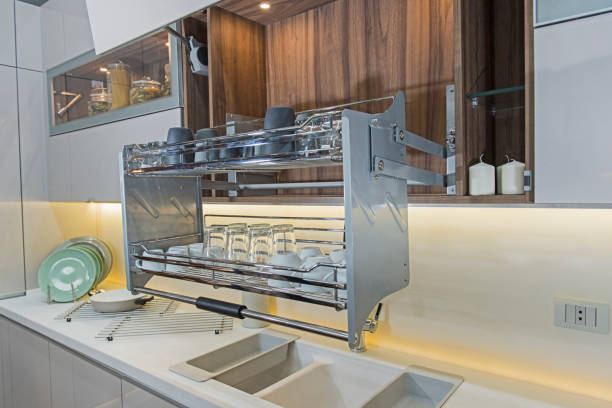
Conclusion
By deeply understanding the factors influencing each element, meticulously researching and vetting suppliers, prioritizing ruthlessly, and building strong partnerships, you gain the strategic control needed to navigate this complex landscape. Remember, the cheapest hardware upfront often becomes the most expensive in the long run due to failures and replacements. The fastest delivery might force compromises that undermine the kitchen’s functionality and durability.
Ready to source kitchen cabinet hardware that balances cost, performance, and timely delivery? Partner with a supplier committed to providing durable kitchen cabinet accessories, innovative kitchen cabinet storage solutions, and essential kitchen cabinet organizer systems designed for real-life kitchens. Explore curated collections designed for value and reliability – request your samples and quotes today!

